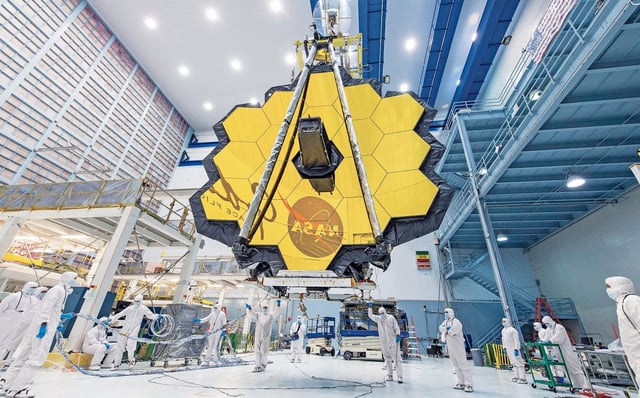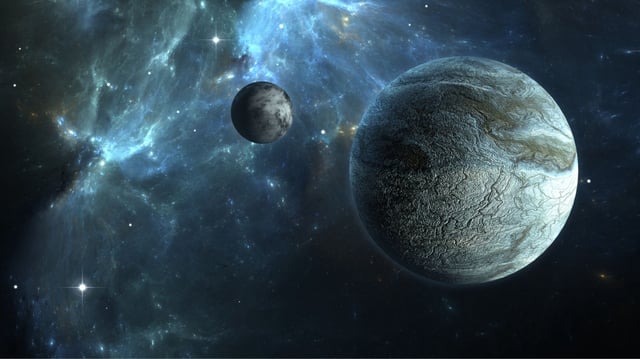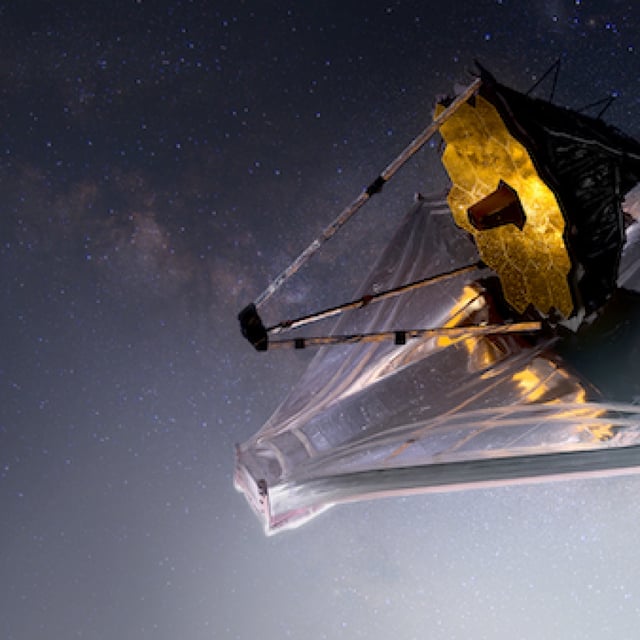Overview
- The James Webb Space Telescope (JWST) has directly imaged carbon dioxide in the atmospheres of four gas giant exoplanets in the HR 8799 system, located 130 light-years away.
- This marks the first time an exoplanet's atmospheric composition has been directly analyzed, surpassing earlier indirect detection methods.
- The findings provide strong evidence that the HR 8799 planets formed through core accretion, a process similar to the one that created Jupiter and Saturn in our solar system.
- JWST's coronagraph technology enabled the observations by blocking the host star's light, revealing detailed atmospheric data and detecting the innermost planet, HR 8799 e, at a wavelength of 4.6 micrometers.
- Researchers plan to use JWST for further studies to refine planetary formation models and explore additional exoplanetary systems.



